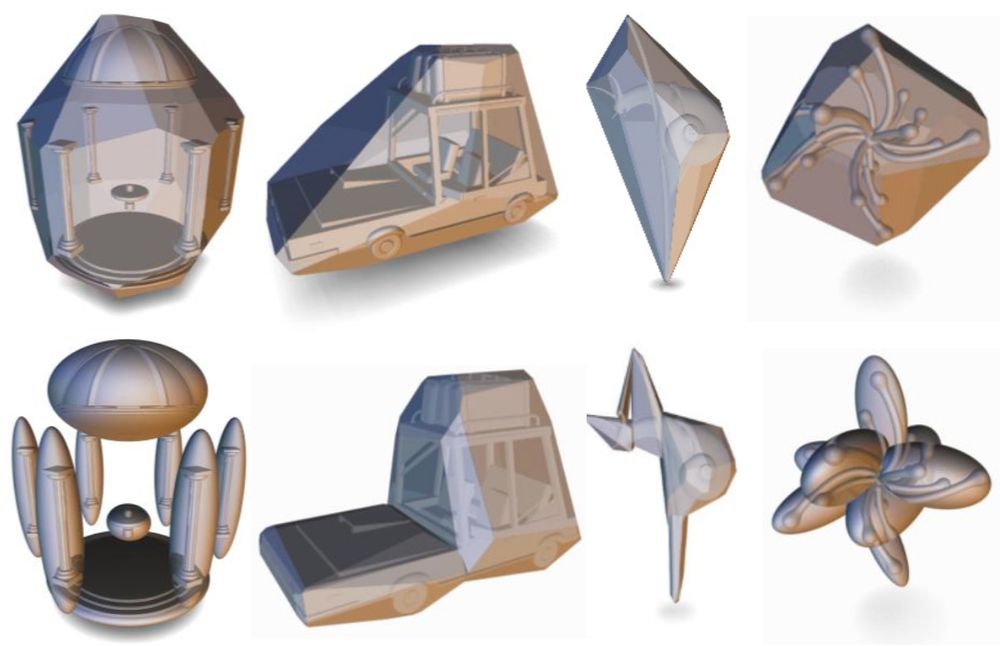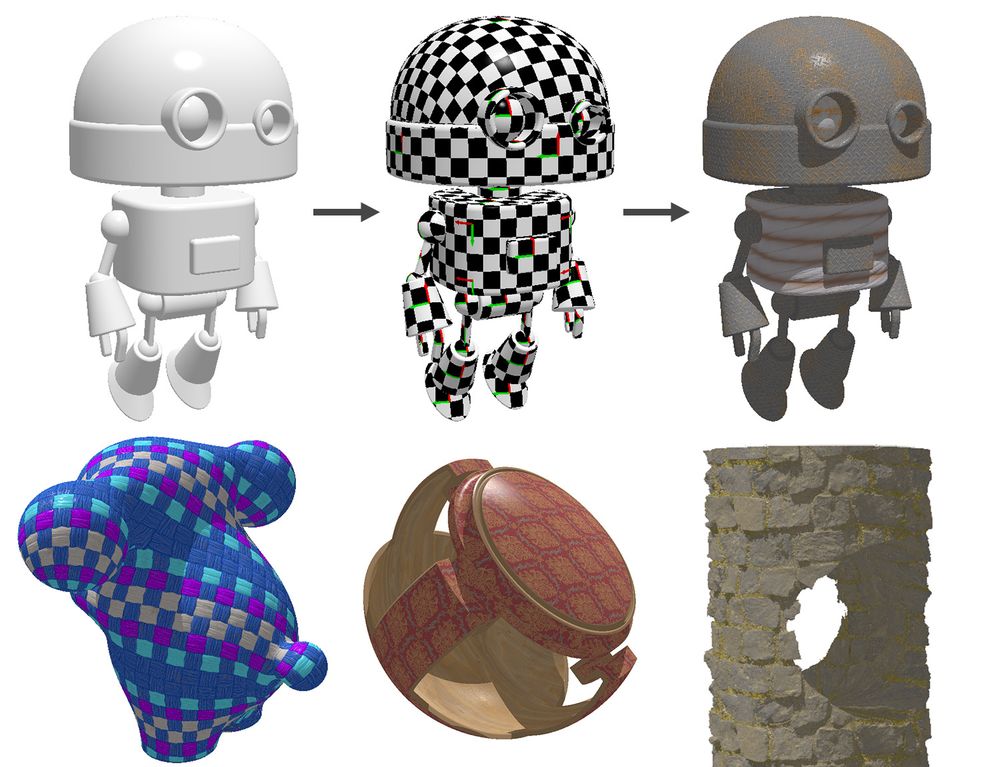Wilhem Barbier
@wbrbr.bsky.social
120 followers
330 following
31 posts
Computer graphics PhD student @ IRIT. Ex-intern: Adobe, Unity
Posts
Media
Videos
Starter Packs
Reposted by Wilhem Barbier
Reposted by Wilhem Barbier
Reposted by Wilhem Barbier
Reposted by Wilhem Barbier
Reposted by Wilhem Barbier
Reposted by Wilhem Barbier
Wilhem Barbier
@wbrbr.bsky.social
· Jun 24
Wilhem Barbier
@wbrbr.bsky.social
· Jun 3
Wilhem Barbier
@wbrbr.bsky.social
· May 14
Reposted by Wilhem Barbier
Wilhem Barbier
@wbrbr.bsky.social
· May 7
Wilhem Barbier
@wbrbr.bsky.social
· Mar 24
Wilhem Barbier
@wbrbr.bsky.social
· Mar 22
Wilhem Barbier
@wbrbr.bsky.social
· Jan 28
Wilhem Barbier
@wbrbr.bsky.social
· Dec 29













